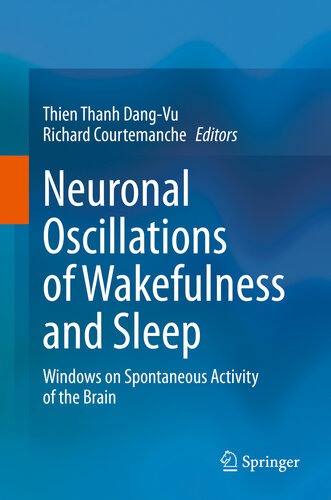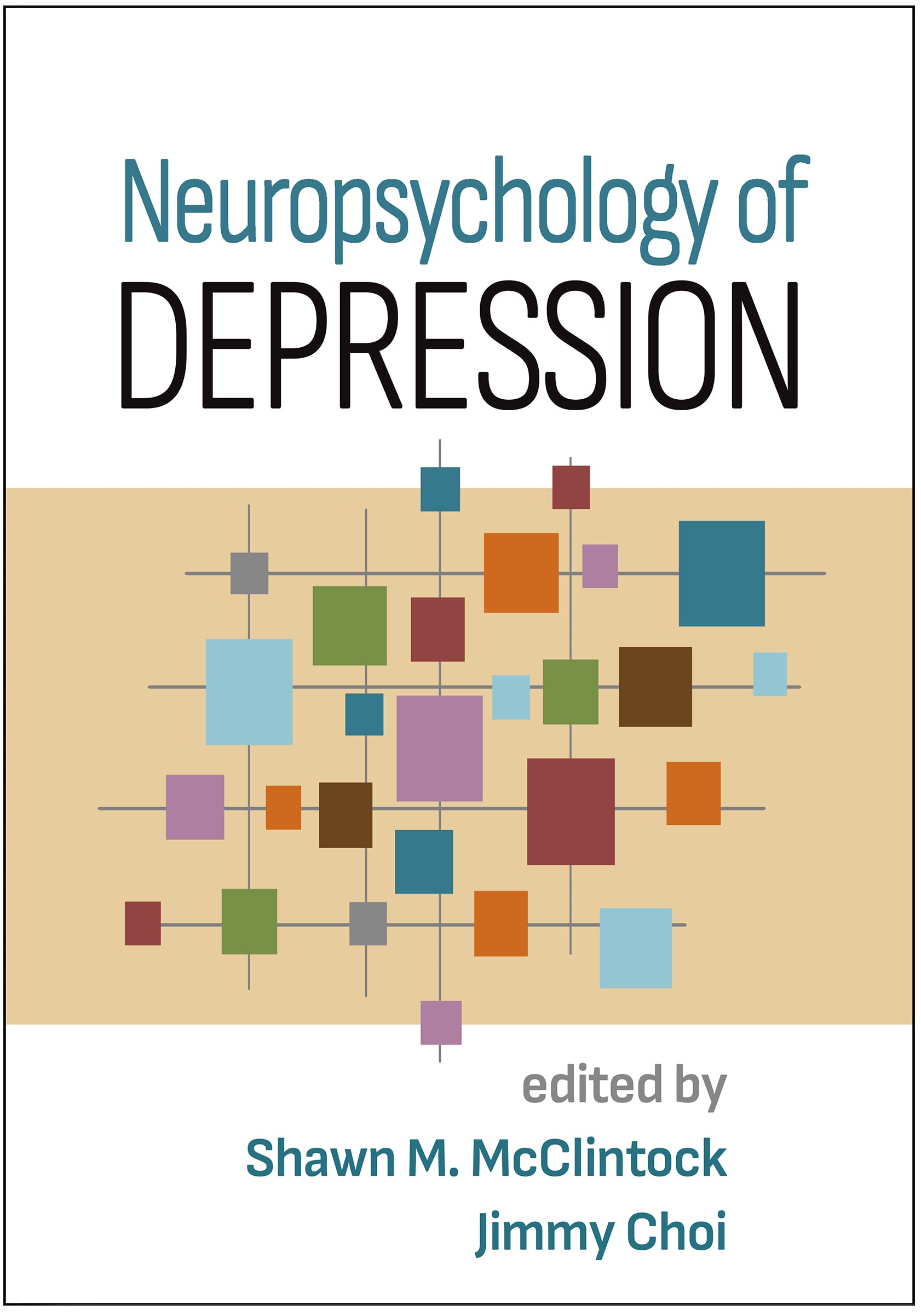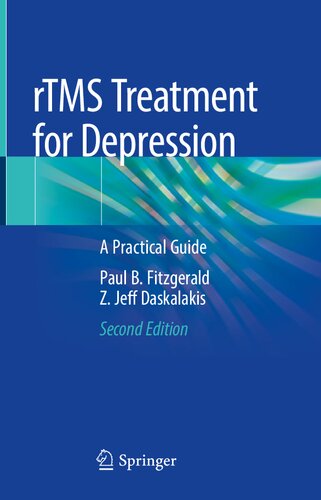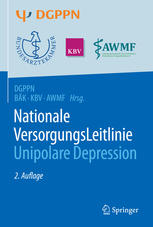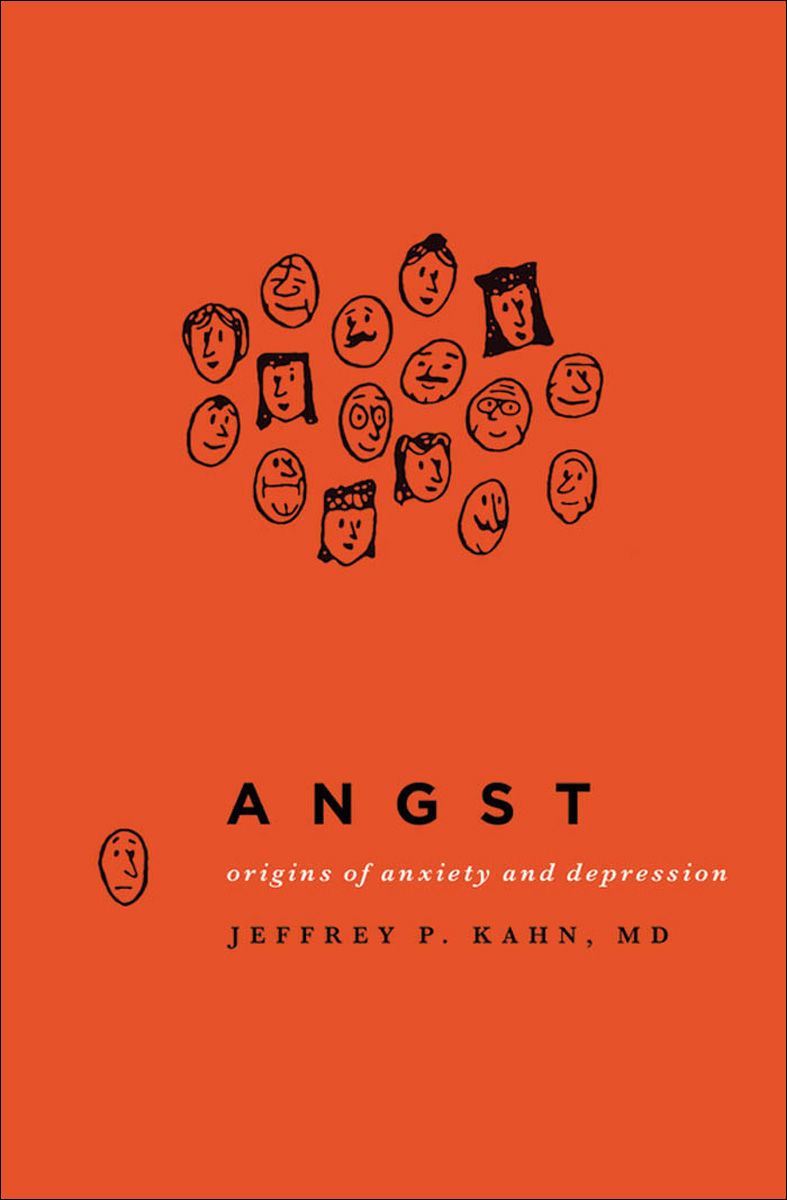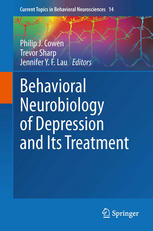نوسانات عصبی بیداری و خواب: پنجره هایی روی فعالیت خودکار مغز ۲۰۲۰
Neuronal Oscillations of Wakefulness and Sleep: Windows on Spontaneous Activity of the Brain 2020
دانلود کتاب نوسانات عصبی بیداری و خواب: پنجره هایی روی فعالیت خودکار مغز ۲۰۲۰ (Neuronal Oscillations of Wakefulness and Sleep: Windows on Spontaneous Activity of the Brain 2020) با لینک مستقیم و فرمت pdf (پی دی اف)
| نویسنده |
Richard Courtemanche, Thien Thanh Dang-Vu |
|---|
| تعداد صفحهها |
277 |
|---|---|
| نوع فایل |
epub |
| حجم |
22 Mb |
| سال انتشار |
2020 |
89,000 تومان
معرفی کتاب نوسانات عصبی بیداری و خواب: پنجره هایی روی فعالیت خودکار مغز ۲۰۲۰
هدف از این کار بررسی یافته های اخیر است که مکانیسم ها و عملکردهای نوسانات عصبی را که فعالیت مغز را در طول چرخه خواب و بیداری تنظیم می کنند، روشن می کند. تعداد فزاینده ای از مطالعات بر روی انسان و حیوانات، با استفاده از تکنیک های مختلف از ضبط درون سلولی گرفته تا تصویربرداری عصبی عملکردی، بینش هایی را در مورد مکانیسم ها و ویژگی های عملکردی این ریتم های مغزی ارائه کرده است. مطالعات این ریتم ها نه تنها برای علوم اعصاب پایه، بلکه برای علوم اعصاب بالینی نیز اساسی است. در سطح علوم پایه، نوسانات عصبی تعاملات بین مناطق مختلف مغز را شکل می دهند و عمیقاً بر پاسخ های عصبی به محیط تأثیر می گذارند، بنابراین پردازش اطلاعات در مغز را واسطه می کنند. در سطح بالینی، ارتعاشات مغز در بسیاری از شرایط عصبی تحت تأثیر قرار می گیرند و ممکن است نشانگرهای زیستی مفیدی را ارائه دهند که رشد و آسیب پذیری بیماران را آگاه می سازد. در طول خواب، این ریتم های مغزی می توانند پشتیبانی عملکردی را برای حالت های داخلی که بر نگهداری مدار محلی و تعاملات سیستمیک نظارت دارند، ارائه دهند. در طول بیداری، ریتم مدارهای قشری و زیر قشری با پردازش حسی، فرآیندهای شناختی و آمادگی برای عمل مرتبط است. این کتاب تلاش می کند تا نقش های عملکردی خواب و بیداری را در سطح تصویربرداری عصبی و اقدامات الکتریکی مغز، پتانسیل های میدان موضعی و حتی در سطح سلولی مرتبط کند.

